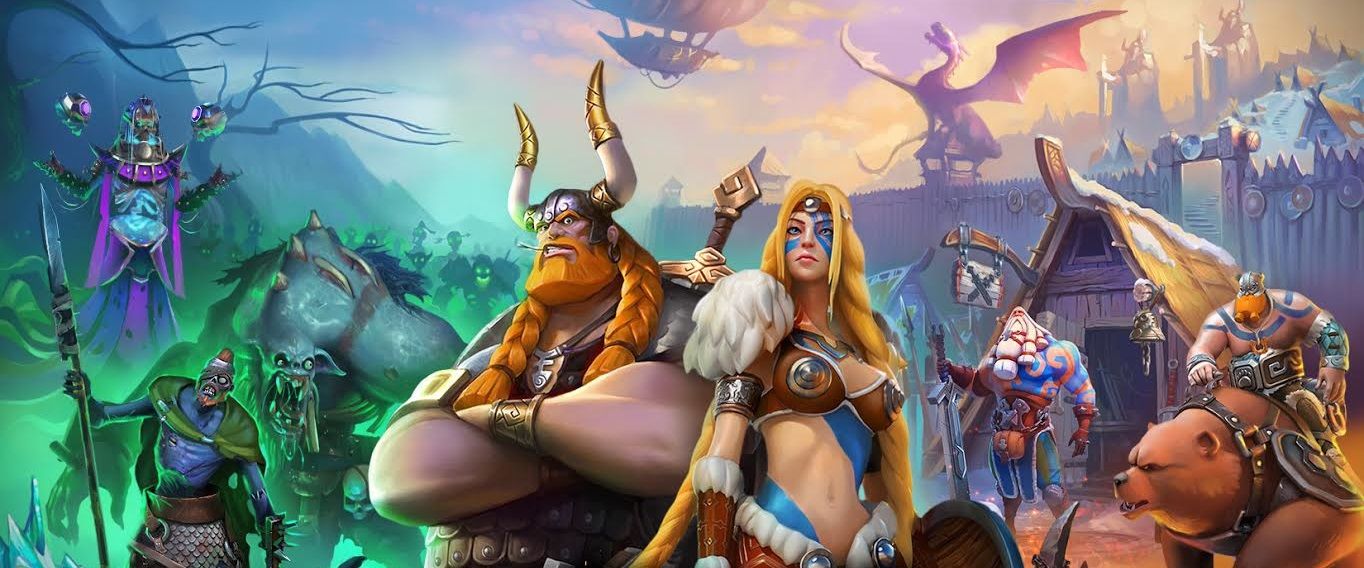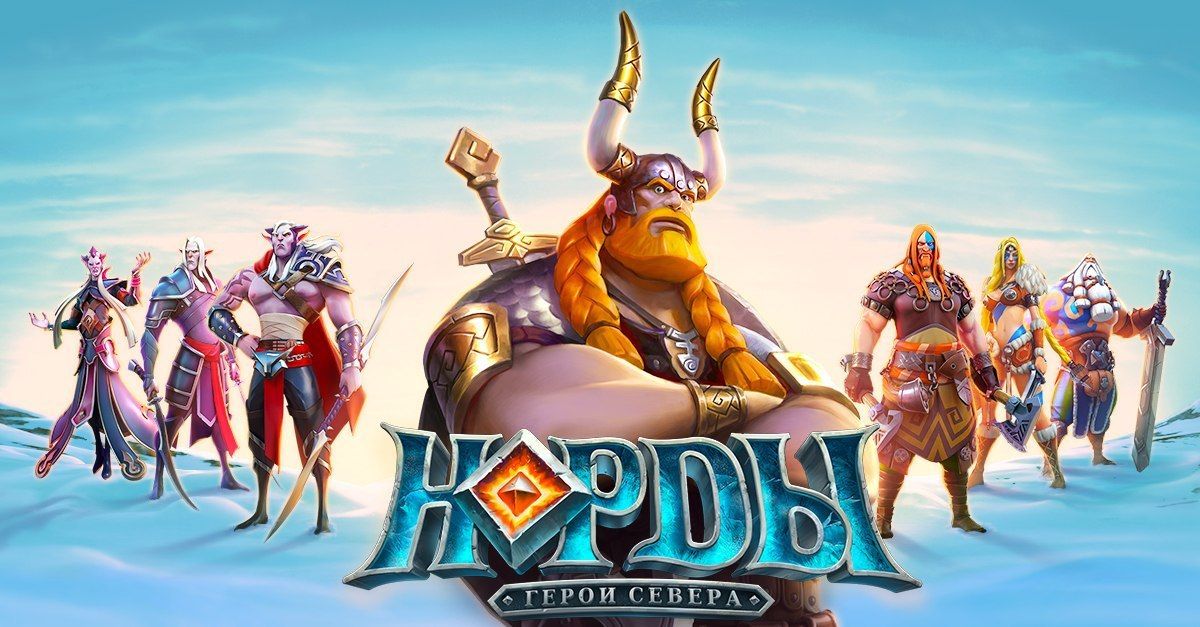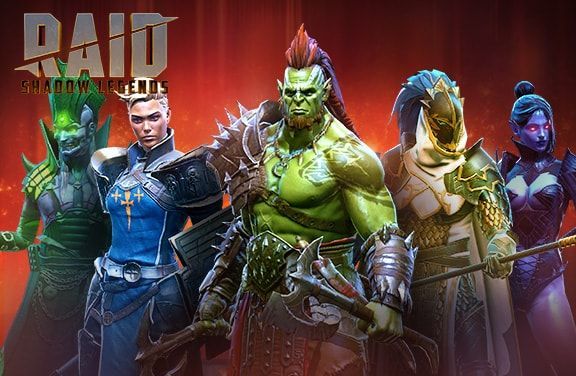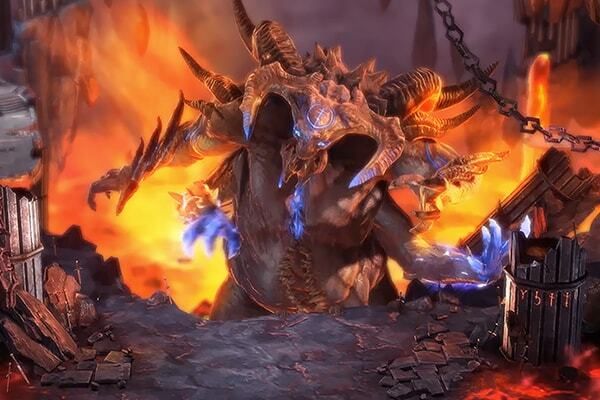The unrealized potential of storytelling in social

Video game developers have fought tirelessly over the years to be considered serious storytellers. While high-end cinematics and live-action cut-scenes are hailed as key achievements in this journey for mature storytelling, gaming has always played a unique role in the formation of narratives. That’s because players have the potential to experience the story and affect the storyline, rather than just view the unfolding of events.

This notion of storytelling in gaming was a major theme at a recent gaming conference, and industry leaders dove into how that role is currently being pursued and offered key elements to consider when telling a story. Here are some of the key takeaways on how it applies to social and mobile gaming.
The Narrative Arc
Games have an almost unlimited capacity for great storytelling, but according to Chris Solarski of Solarski Studio, the industry is behind well-established media in terms of realizing that potential. His presentation focused mainly on highlighted film narrative techniques that game designers should consider implementing.
The uniting device of all storytelling is the narrative arc. As Solarski explains, in movies (as well as in stage plays), this typically comprises of a ‘three act structure,’ where the audience is introduced to a character and his predicament, taken with that character through a rising set of challenges, and eventually shown the situation brought to some sort of resolution. The challenge for game developers in this case is obvious: how can the integrity of the structure be maintained while giving the player self-determination? Part of the answer can be found in TV drama, where writers rarely know if a show will be re-commissioned, and are forced to construct multiple, intersecting narrative arcs instead of a single and grand structure.
Engaging Through Mystery and History
Another secret of storytelling touched on by Solarski — and one that long predates film — is providing an element of mystery. Citing Halo 4, he argues that traditional action games have made little use of this device, giving away their objective from the start, and letting us assume there will be some way of achieving that objective. It’s been left to smaller upstarts – for example, developers of Journey and Gone Home — to devise scenarios in which players can move forward without knowing quite what he or she is trying to achieve and how to achieve it.
At times, developers will rely on players’ pre-existing interests and knowledge in order to motivate them to explore a narrative deeper. Henrik Fåhraeus, a game designer at Paradox Development Studio, explained this approach as a real historical drama – the struggle between competing powers in Medieval Eurasia – for the title Crusader Kings II. In the game, players are part of a dynasty, represented by a King, Tzar, or Caliph (among many others), and as time progresses, they will age, die, and must be succeeded by an heir. The game ends when the player’s current character dies without an heir to succeed it, but otherwise, has no fixed parameters for success. The motivation is defined by players’ existing engagement with the events of the past and the will to help your dynasty succeed.

Crusader Kings II has been praised for its emphasis on the ‘soft power’ necessary in successful Statecraft – and translating this into playable metrics is no small achievement. In Crusader Kings II, choices in marriage or religious confession determine the opinion of your peers and consequently sway you over non-player characters (NPCs) with whom you must do business to achieve your objectives. This weaving of the subtleties of history into the mechanics of gameplay both drives engagement within the game and helps to formulate an understanding of the real events that underpin it.
Plarium Insights into Storytelling for Social Games
Applying all of this to social gaming in general and MMORTS titles in particular poses unique challenges. Storytelling in an open-ended game precludes ever having the ‘resolution’ part of the greater narrative arc. Instead, space for storytelling must be found within the larger narrative world of the game setting.
My colleagues at Plarium and I have done this through self-contained content storylines in the form of a series of weekly events over the course of several months. Each campaign or storyline focuses on a few characters and their interactions within the larger world, with the overall plot of the game taking a back seat. This allows us to offer a conclusion, while still leaving the narrative of the greater game unresolved. In this way, I’d say we draw more from comic books than from film or console game titles.
Also, like in comics, we have to take into account short text limitations and voiceover lengths. No one will sit through a two-minute monologue, and if they do, it takes them out of gameplay. We instead emphasize writing solid characters with believable reasons for doing what they do in the game, natural dialogue, and an emphasis on performance. Epic, sweeping storylines don’t connect with a player during just a few seconds of interaction – memorable characters do.

Right now, we’re excited about the potential of using high-quality in-engine animation as part of narrative design, along with more conventional cinematic animations. For social game developers like Plarium, the production challenges of cinematics are continuously made more manageable thanks to new tools and faster devices, but distribution continues to be the main issue. With players spread across a global infrastructure of varying bandwidth quality, it is difficult to ensure that game elements can be smoothly experienced by all players, especially with pending net neutrality concerns. Unlike consoles, which keep hardware and OS in equilibrium, social platforms like Facebook must work on any computer, many of which are antiquated. This is changing quickly, and as it does, there are exciting shifts coming in terms of what we can do.
The inability to round up the many ways stories are being told in contemporary video games highlights what an excitingly diverse moment the industry is enjoying. Gaming now influences more traditional forms of entertainment and media. As technologies mature and pools of talent deepen and expand to include other industry pros, it feels like a watershed moment is approaching: when the video game industry progresses from being the next big wave in which humans will tell stories to each other, to becoming the leading narrative medium of present day media.
About the Author
Nick Day is the Creative Director for Plarium, a leading social and mobile game developer with over 200 million registered users. Plarium’s hardcore strategy games include MageCraft, Sparta: War of Empires, Total Domination, Soldiers Inc., Pirates: Tides of Fortune and Stormfall: Age of War.



